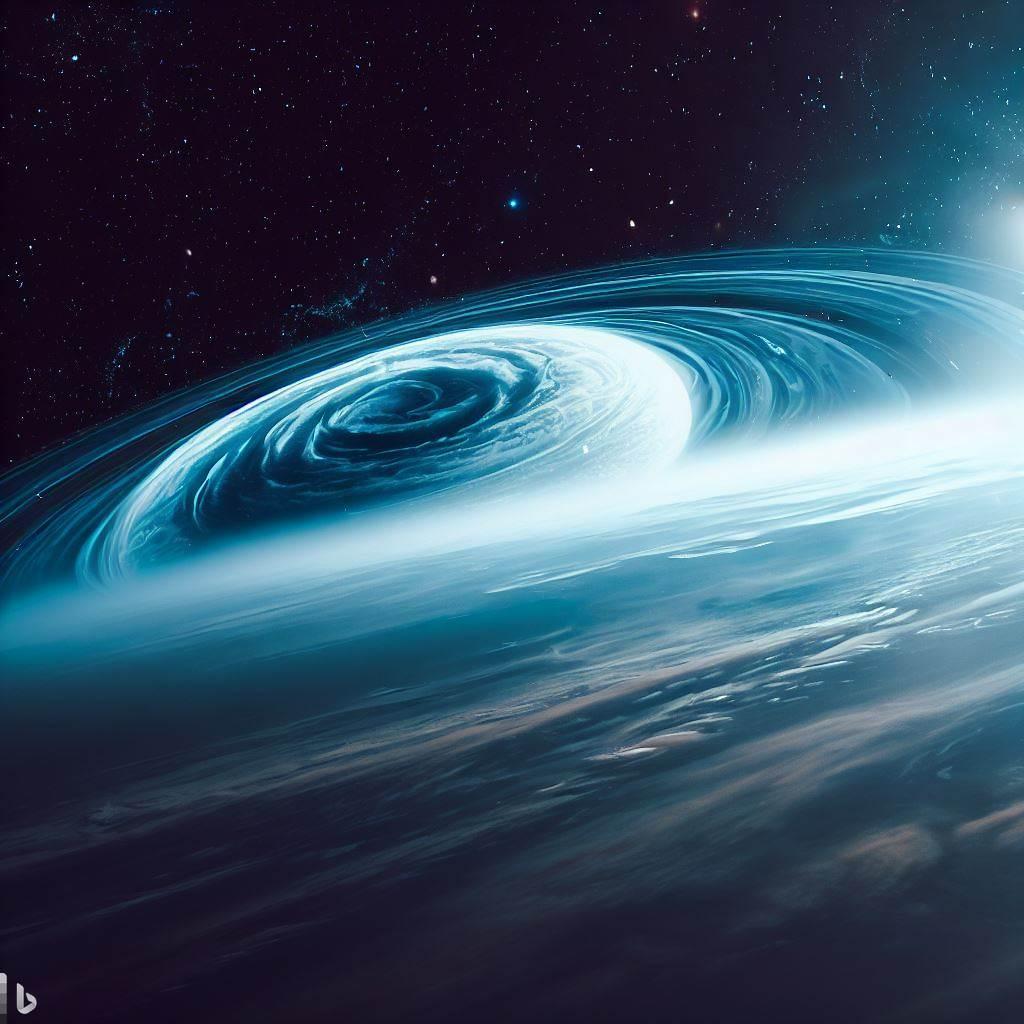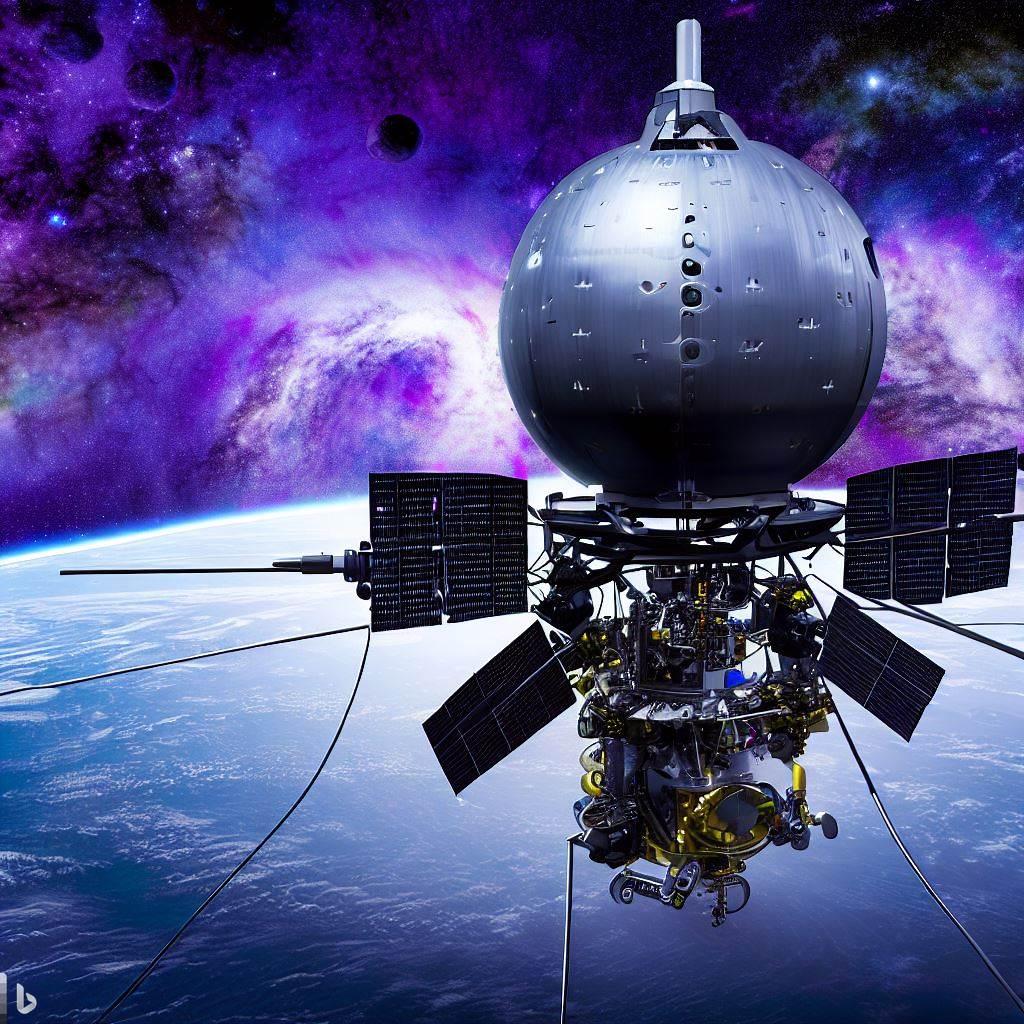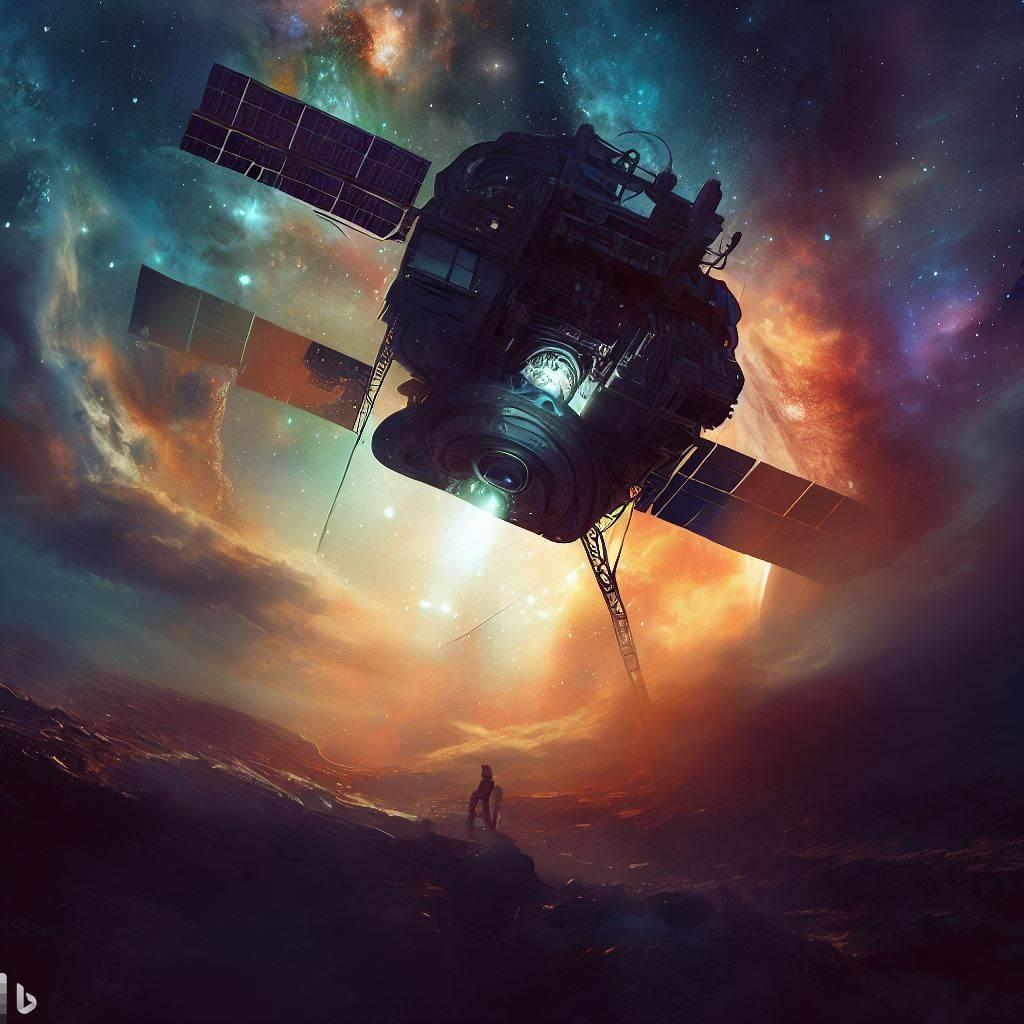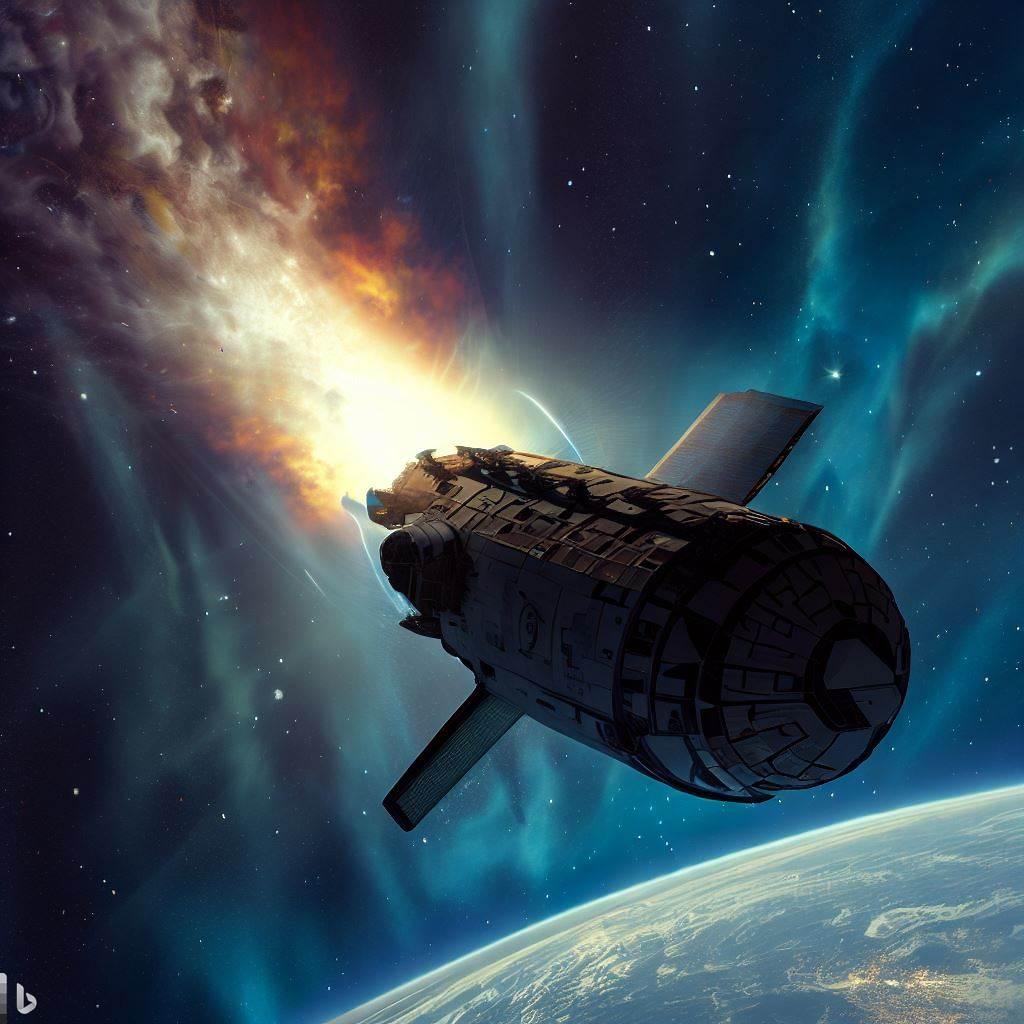Space is the final frontier for human exploration and innovation. The space industry is constantly evolving and advancing with new technologies, missions, and discoveries. In this article, we will highlight some of the new advancements in space that are expected to happen in 2023 and beyond.
Small Satellites
One of the major trends in space technology is the development and deployment of small satellites, such as CubeSats and NanoSats. These are miniaturized satellites that weigh less than 10 kilograms and can be launched in large numbers to perform various tasks, such as Earth observation, communication, navigation, and scientific research. Small satellites are cheaper, faster, and more flexible than traditional satellites, and can enable new applications and services in space.
Some examples of small satellite projects that are planned or underway in 2023 are:
- Starlink1: A constellation of thousands of small satellites launched by SpaceX to provide high-speed internet access to remote areas of the world.
- Planet2: A fleet of over 200 small satellites that capture daily images of the entire Earth for various purposes, such as agriculture, forestry, disaster response, and environmental monitoring.
- Astrocast: A network of 80 small satellites that provide low-cost and low-power Internet of Things (IoT) connectivity to devices and sensors around the world.
Advanced Space Manufacturing
Another trend in space technology is the advancement of space manufacturing, which refers to the production of materials, components, and products in space. Space manufacturing can offer several benefits, such as reducing launch costs, exploiting unique properties of microgravity, and enabling in-situ resource utilization.
Some examples of advanced space manufacturing technologies that are being developed or tested in 2023 are:
- Made In Space: A company that develops 3D printers and robotic arms for manufacturing in space. It has successfully printed various items on board the International Space Station (ISS), such as tools, parts, and structures.
- Space Forge: A company that uses small satellites to manufacture high-performance materials in space, such as metals, alloys, ceramics, and composites. It claims that these materials have superior properties than those made on Earth, such as strength, durability, and conductivity.
- SpaceFab: A company that plans to build a space factory that can produce solar panels, telescopes, antennas, and other products in orbit. It aims to use asteroid mining as a source of raw materials for its space factory.
Advanced Communications
Communication is essential for any space activity, whether it is between spacecrafts, satellites, or ground stations. Advanced communication technologies enable faster, more reliable, and more secure data transmission and reception in space. These technologies include optical communication, quantum communication, software-defined radios, and advanced antennas.
Some examples of advanced communication technologies that are being implemented or experimented in 2023 are:
- Laser Communication Relay Demonstration (LCRD): A NASA project that aims to demonstrate the feasibility and benefits of optical communication in space. Optical communication uses lasers to send and receive data at higher speeds and lower power consumption than radio waves.
- Quantum Experiments at Space Scale (QUESS): A Chinese project that aims to demonstrate the feasibility and benefits of quantum communication in space. Quantum communication uses quantum entanglement to send and receive data with ultimate security and accuracy.
- Iris: A project by NASA and the Jet Propulsion Laboratory (JPL) that aims to develop software-defined radios for spacecrafts. Software-defined radios are radios that can be reconfigured by software to operate on different frequencies and protocols.
Space Traffic Management
As more and more objects are launched into space, the risk of collisions and congestion increases. Space traffic management is the coordination and regulation of space activities to ensure safety and sustainability in orbit. Space traffic management involves tracking, monitoring, identifying, avoiding, and removing space objects, such as satellites, rockets, and debris.
Some examples of space traffic management initiatives that are being pursued or proposed in 2023 are:
- Space Fence: A system developed by Lockheed Martin for the US Air Force that uses radar to detect and track over 200 000 objects in low Earth orbit (LEO). It aims to improve situational awareness and collision avoidance in space.
- Space Traffic Coordination And Regulation (STAR): A proposal by the European Union (EU) to establish a legal framework and an agency for space traffic management in Europe. It aims to harmonize national regulations and foster international cooperation in space.
- ClearSpace-1: A mission by a Swiss startup called ClearSpace that plans to launch a spacecraft in 2025 to capture and deorbit a piece of space debris. It aims to demonstrate the feasibility and benefits of active debris removal in space.
These are some of the new advancements in space that are expected to happen in 2023 and beyond. These advancements will not only enhance our capabilities and knowledge in space, but also create new opportunities and challenges for humanity. Space is indeed an exciting and dynamic domain that is constantly evolving and advancing with new technologies, missions, and discoveries.









Add a Comment: